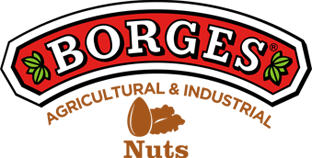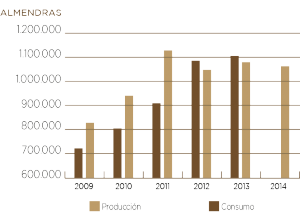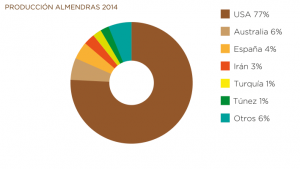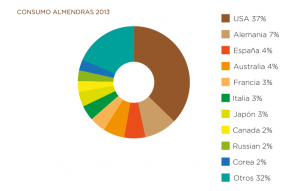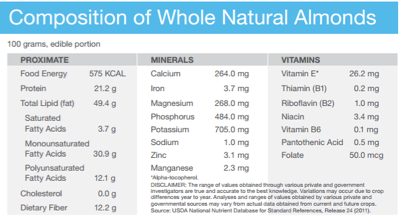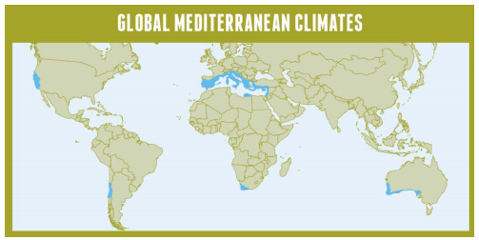Almond
* Elaborated with the Global Statistical Review 2014-2015 data base, published by the International Nut and Dried Fruit Council.[/text_output][text_output]General information on almonds:
Almonds are the most widely consumed nut in the world. This link gives further information on the many uses made of almonds worldwide.
Almonds are high in unsaturated fatty acids, which help the body’s cardiovascular system. They have the highest concentration of vegetable protein of all nuts, making them the ideal sports snack. They also have the largest amount of calcium and are a rich source of fibre, vitamin E, magnesium, copper, potassium and phosphorus. They are also gluten free, which makes them the ideal food for everyone.
Originally from Asia, almond trees were brought to California by the Spanish around 1700. They grow mainly between the 30th and 40th parallels north, since they require a Mediterranean climate. The main producing countries are the United States, Australia and Spain.
In Spain, they have traditionally been grown as a dry or semidry crop on marginal land, which led to very low average yields. However, better irrigation and modern plantation and cultivation techniques (standards, plantation frameworks, crop adaptability studies for the estate and soil, etc.) and the appearance of new varieties have led to very competitive production levels.
The main risk to almond production is frost, and research has focused on producing late-flowering varieties, which only begin flowering in March, when the risk of frost in the highest terrains in Spain has diminished. The fruit grows until mid-June, when the shell and kernel form. They are harvested in August and September and then processed and stored. They are sold all year round.[/text_output][/container]
